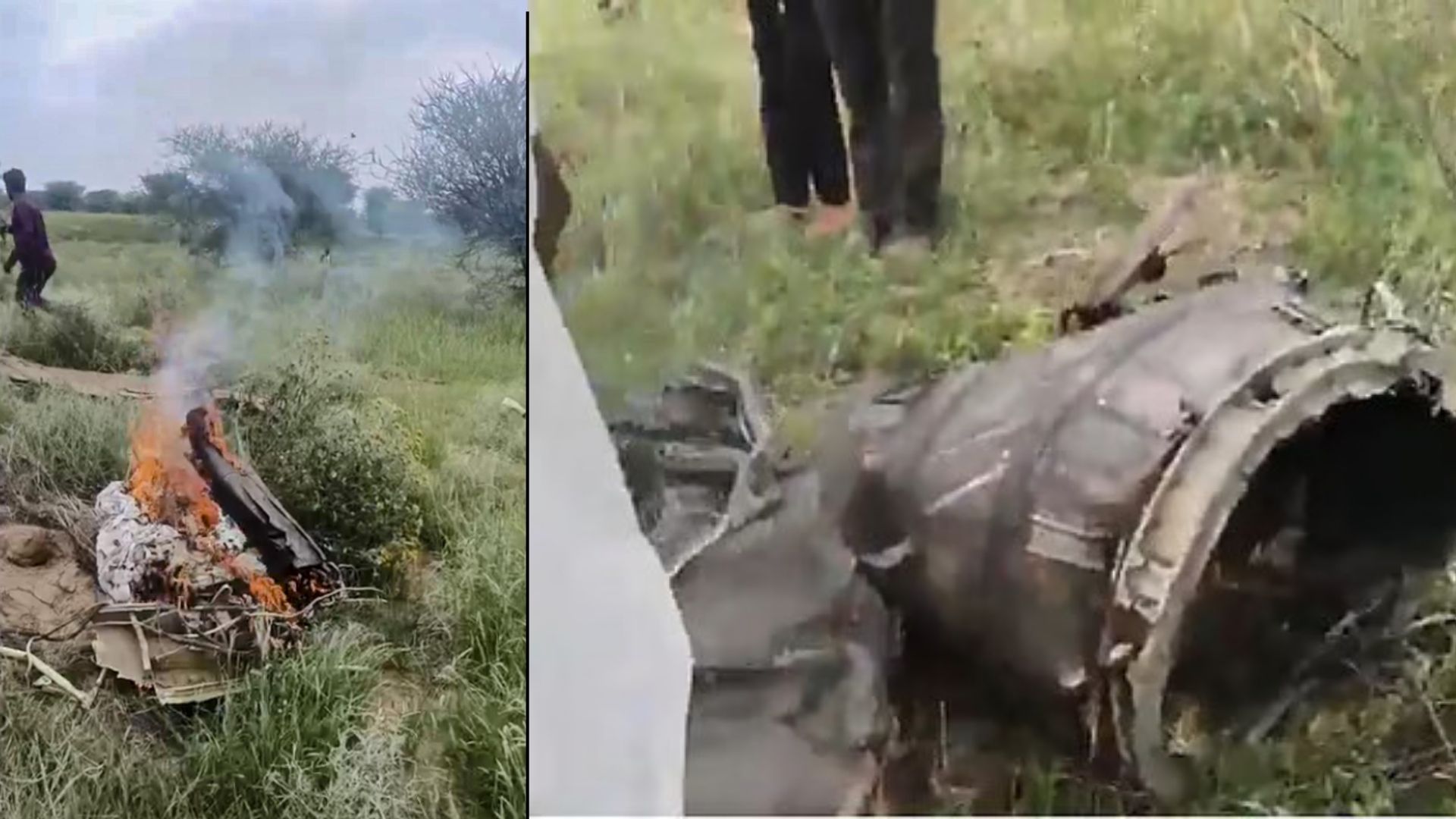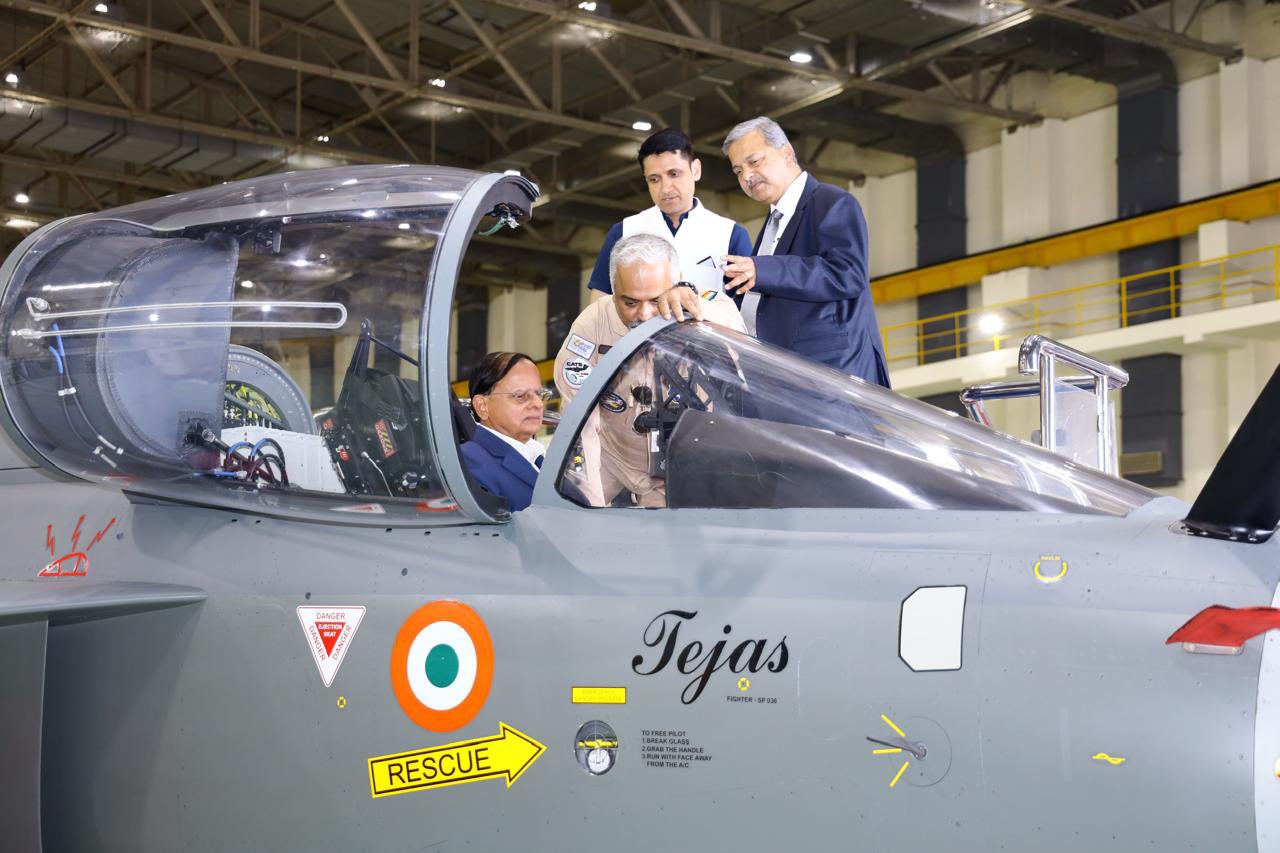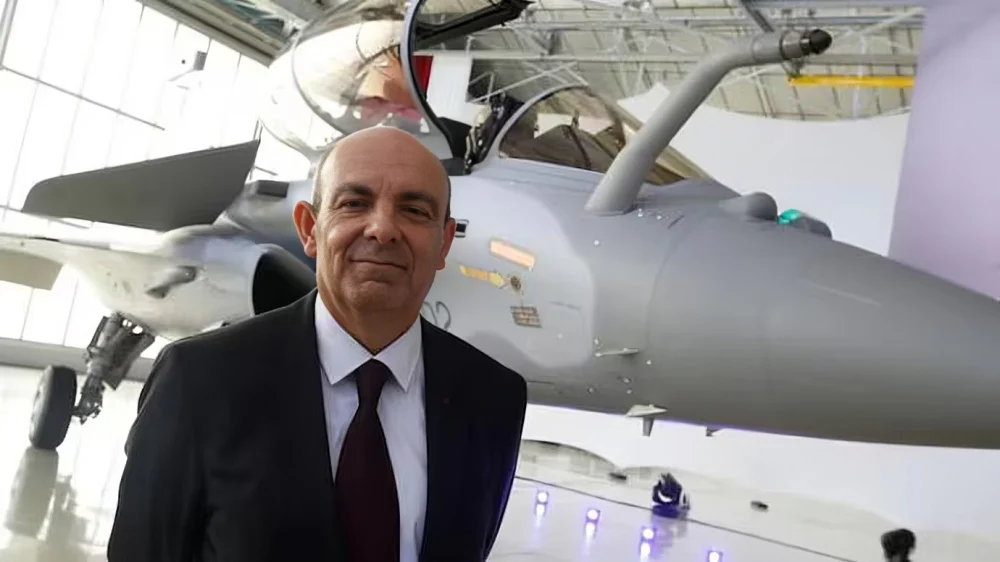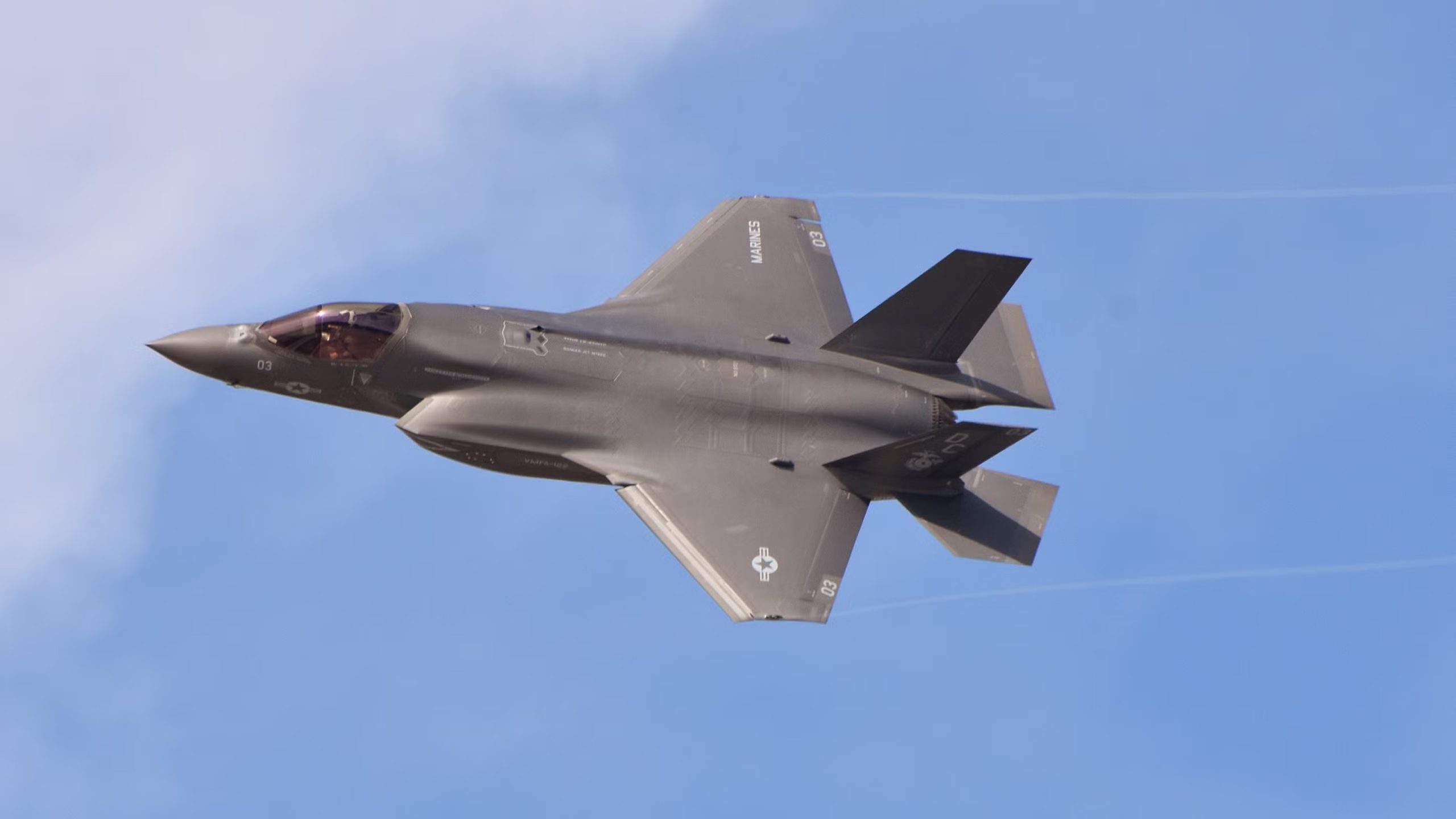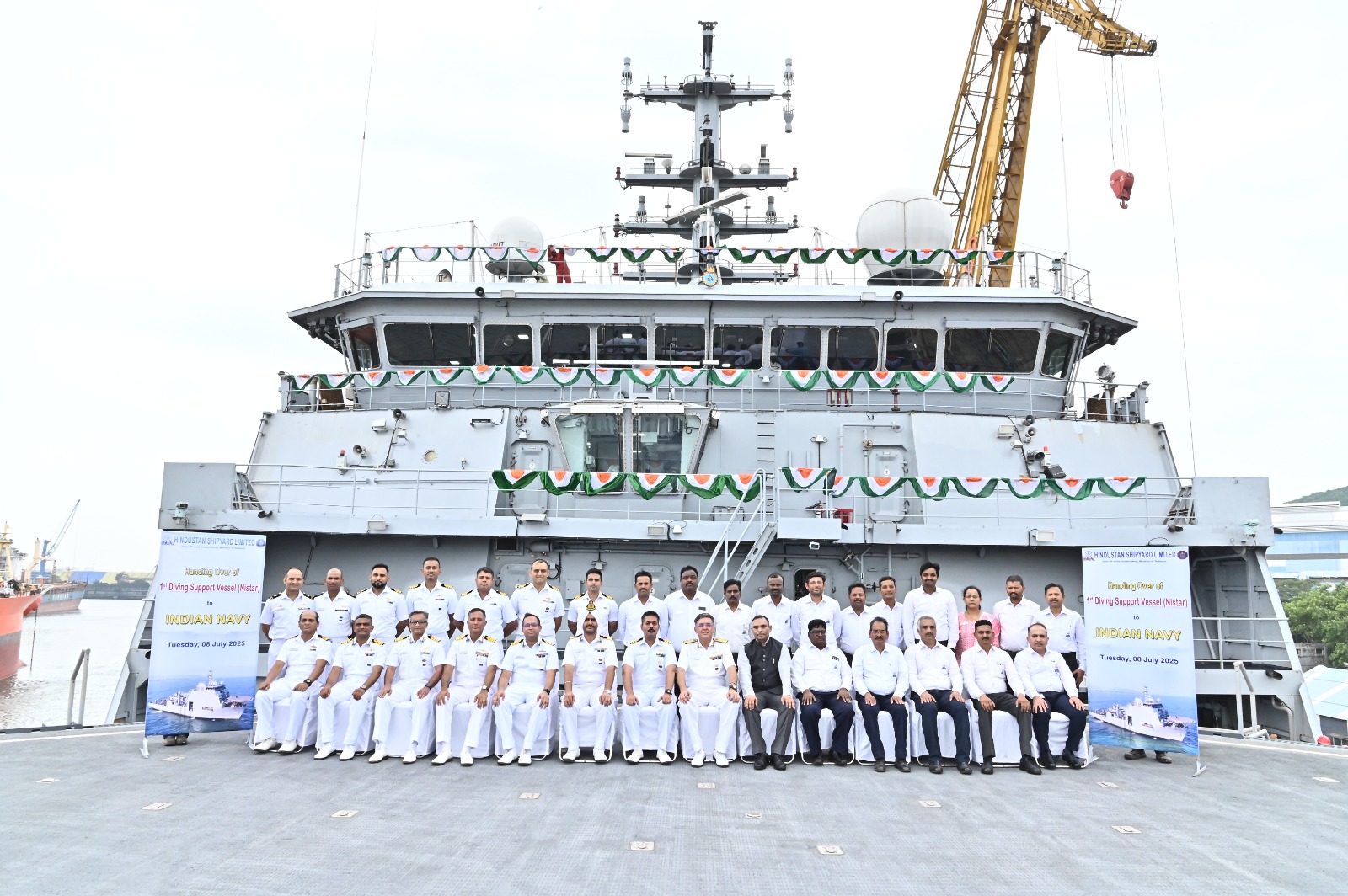Indian Air Force Confirms Death of Both Pilots in Jaguar Crash; No Civilian Damage Reported
An Indian Air Force Jaguar Trainer aircraft crashed during a routine training mission near Churu, Rajasthan, on Wednesday afternoon, resulting…
Principal Secretary to PM Reviews Indigenous Defence Projects During HAL Visit
Principal Secretary to the Prime Minister, P K Mishra, visited Hindustan Aeronautics Limited (HAL) in Bengaluru on Tuesday to review…
Dassault Slams Reports on Rafale Jet Loss, Denies CEO Statement
As per The Economic Times: Operation Sindoor kicked off on 7 May with India launching a high-intensity air campaign. Pakistan’s…
Indian Air Force Jaguar Fighter Jet Crashes in Rajasthan’s Churu District
An Indian Air Force (IAF) Jaguar Fighter Jet crashed in the Churu district of Rajasthan on Wednesday afternoon, resulting in…
India Plans to Procure 5th-Generation Fighter Jets from Allies
In a pivotal announcement, Defence Secretary Rajesh Kumar Singh has confirmed that India is actively considering the procurement of fifth-generation…
INS Nistar Delivered to Indian Navy, Boosting Indigenous Deep-Sea Rescue Capabilities
Marking a major step in India’s naval self-reliance, the Indian Navy has officially inducted INS Nistar, the country’s first indigenously…

